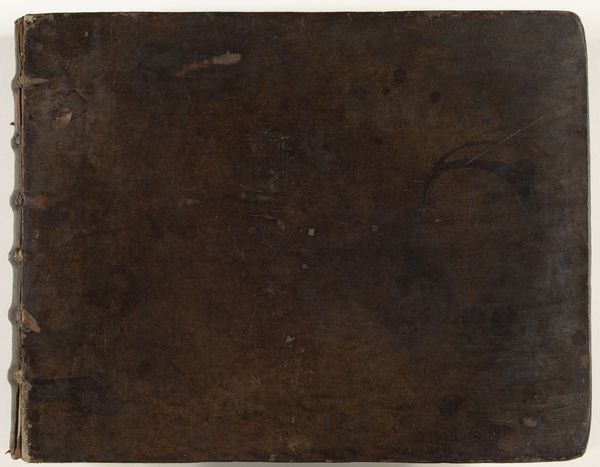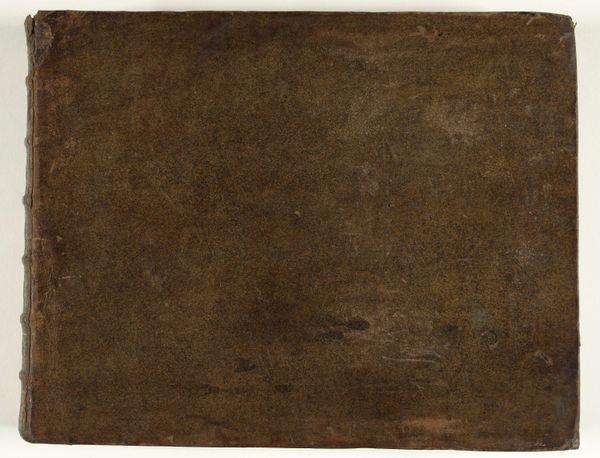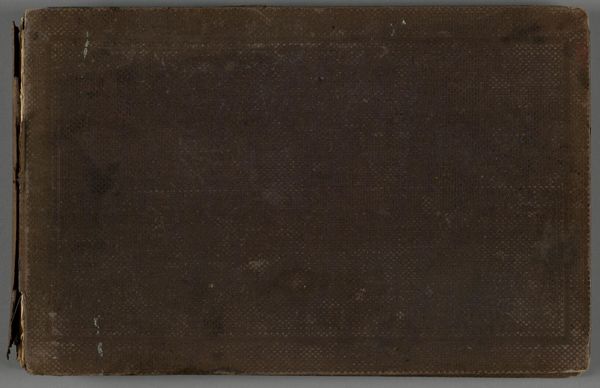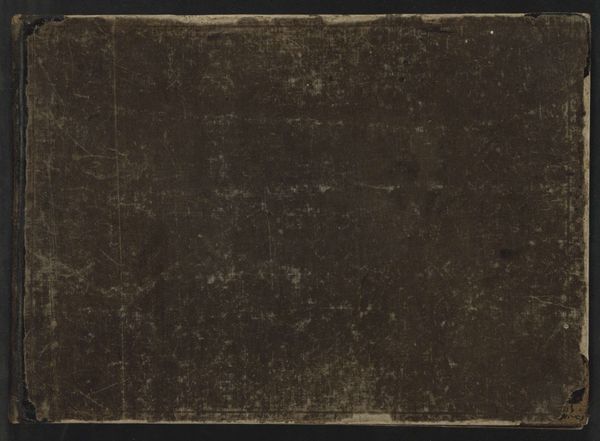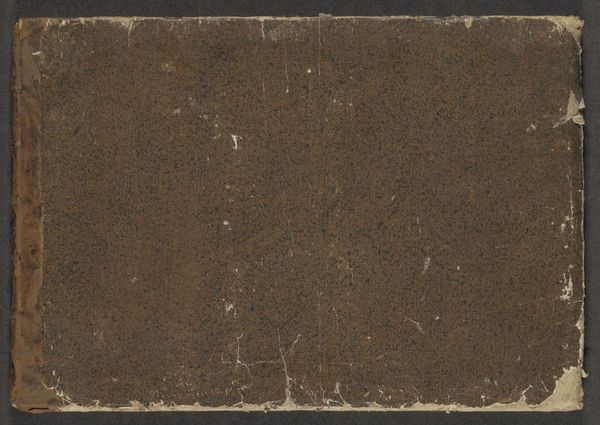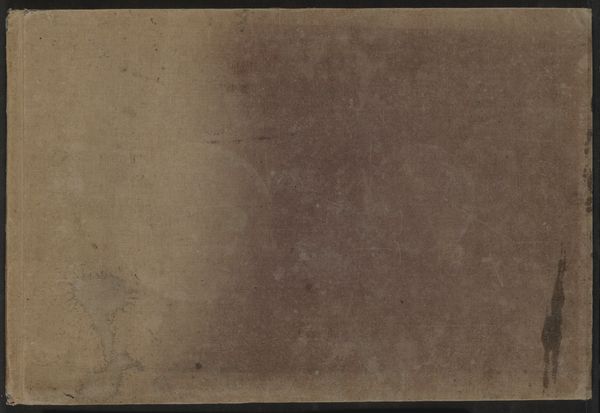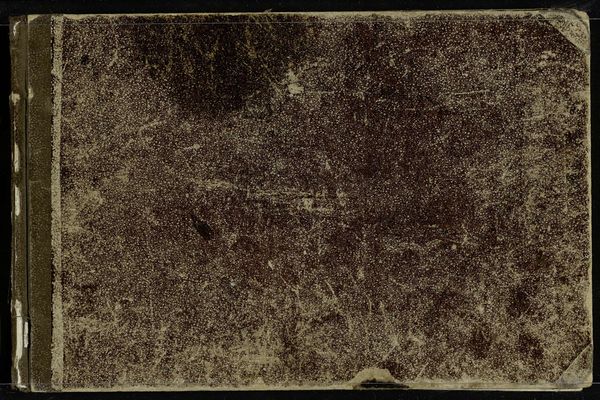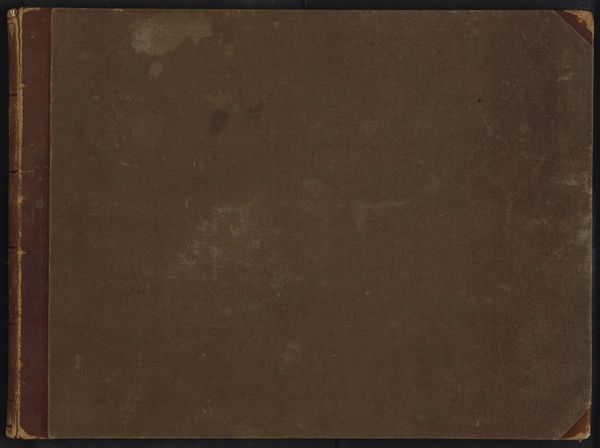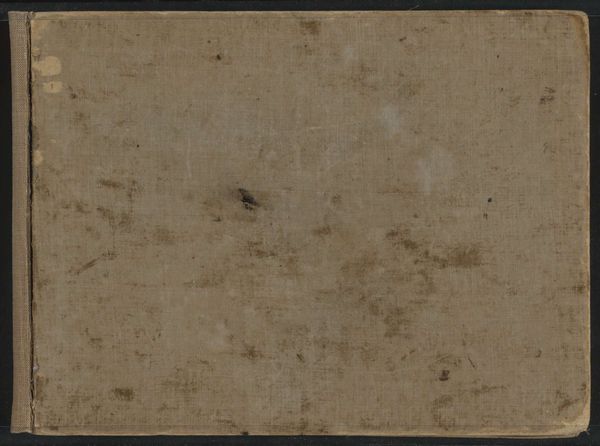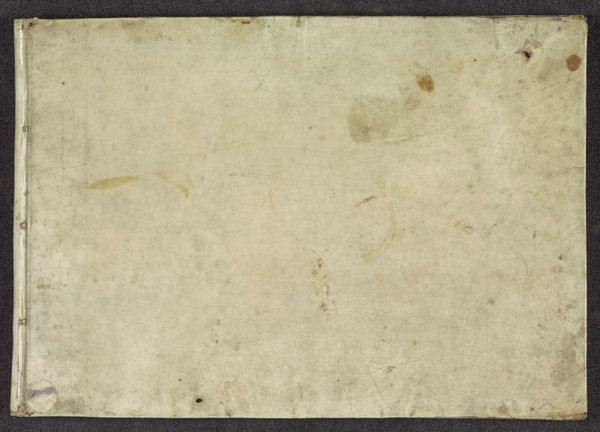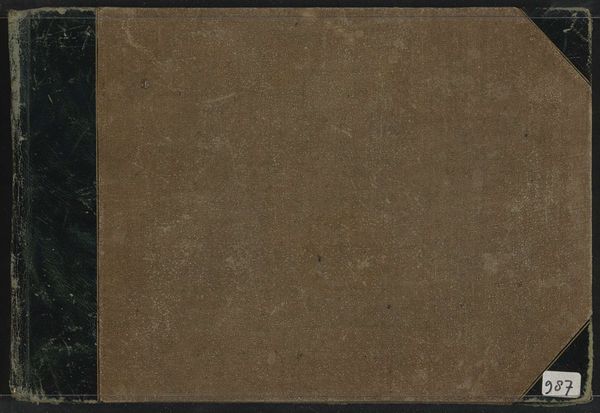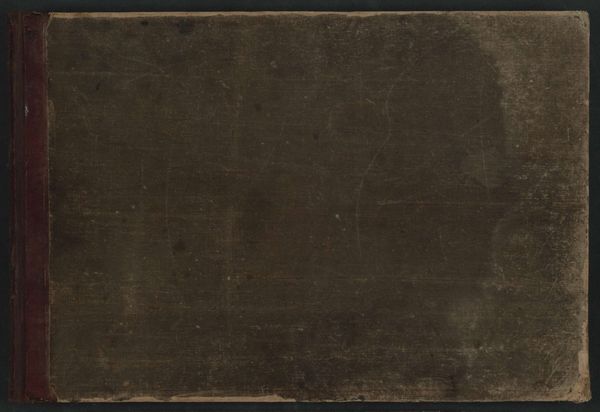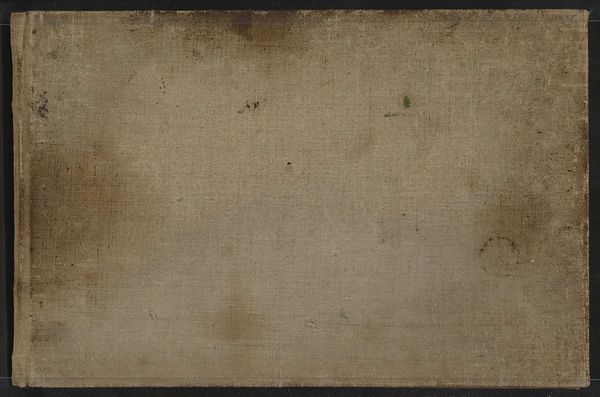
Verzamelband met het prentwerk: Les Forces de l'Europe, Asie, Afrique et Amerique (...) Comme aussi les Cartes des Côtes de France et d'Espagne, delen I-X, 1726 1726
0:00
0:00
pietervanderiaa
Rijksmuseum
#
book
Dimensions: height 315 mm, width 405 mm, thickness 45 mm
Copyright: Rijks Museum: Open Domain
Curator: Ah, there it is – "Verzamelband met het prentwerk: Les Forces de l'Europe, Asie, Afrique et Amerique," dating back to 1726, by Pieter van der Aa (I). Looking at it, I can already feel a kind of… solidity? Does that make sense? It just feels deeply rooted, maybe because it's survived so long. Editor: It evokes a powerful sense of temporal weight, absolutely. But "solid" only hints at it. It's less a triumphant monument and more like… a silent witness. Bound up, literally and figuratively, in the burgeoning global power structures of its time. Think of it as a kind of geographical archive. Curator: I see your point. And from a purely aesthetic angle, this well-worn leather has its own unique appeal. Each little imperfection and worn corner adds depth to its story. This unassuming brown almost makes me feel like reaching out to smooth the cover! I am wondering, though: What was daily life like when it was made? Editor: A time when knowledge was power in an incredibly direct way. Each map, each depiction of these "Forces of Europe," reinforced colonial narratives. They justified, even celebrated, a worldview centered on European domination. Note the word "Forces"—not "peoples," not "cultures," but forces. The language is loaded with an assertion of power! The very act of compiling such a book demonstrates an impulse to control. Curator: A beautifully designed instrument of authority. Thinking about all those who handled it – merchants, navigators, perhaps even royalty—it does add to its presence here and now. It makes you think about journeys and who gets to go on them. Is there any beauty to find in maps built with the intention of exerting dominance over a place? Editor: That's the challenge, isn't it? Acknowledging the aesthetic craftsmanship without letting it blind us to the book's inherent ideology. Beauty isn't innocent. The crisp lines of the maps, the meticulously etched coastlines, they serve as elegant instruments for furthering specific agendas. Curator: It's a book that requires reflection, doesn’t it? Editor: Precisely. The binding isn't merely holding pages together; it's binding perspectives. It’s essential that when we view it, we remember we're seeing one version of history, carefully constructed and powerfully promoted. Curator: A crucial reminder. Thank you for shedding some light on this. Editor: Of course, may this dialogue help us collectively consider our understanding of cartography in the colonial context.
Comments
No comments
Be the first to comment and join the conversation on the ultimate creative platform.
